Over 5% of the world population has hearing loss. So, what does this mean to the world of interior design? Many of us live our lives in our own spaces moving around without considering how difficult it is for deaf people.
For example, architecture for people with hearing loss will look different for people with normal hearing abilities. Why? Because a space needs to be designed for functionality and safety.
Even though safety measurements can be taken like smoke alarms to make it more suitable for deaf people, that doesn’t mean that homes need to be uncomfortable.
That’s why architects are creating wonderful, accessible designs that give the best of both worlds. Function and aesthetic. Let’s take a look at the best deaf architecture that uses acoustic optimization and amazing DeafSpace design…
The Key Features of Deaf Architecture
The first thing to know about deaf architecture is that there are five key elements to consider when organizing a space. The five elements are space, mobility, sensory reach, light, and acoustics.
To give you more information on each of these elements here is a breakdown of each:
1. Space
People with hearing loss move through life differently. They use their own sign language and use devices to communicate their needs which is why spaces need to be created with different requirements.
For instance, there are two options for spatial layouts such as wide or circular spatial distributions. Depending on how many people are in the house or will be visiting there needs to be enough room for everyone.
Alternatively, there needs to be a safe enough distance from dangerous objects or potential hazards. A great way to separate social areas from functional is with dividers and mobile furniture.
As well as this, you can use ramps, automatic doors, and signage.
2. Mobility
Similar to spatial design elements, another important part of deaf architecture is the implementation of devices and software to make mobility easier.
A good way to enhance sound travel is to include absorbent and reflective materials. This can help people with hearing loss navigate the home more effectively.
Some new technologies can also allow you to translate sound to images and vibrations.
3. Sensory Reach
The third design element that is vital to deaf architecture is sensory reach. Even though new technologies are wonderful for enhancing sensory experiences for people with hearing loss, there are other methods too.
Color, shadows, and vibrations are all essential for helping deaf people understand their surroundings and act as ways to warn them of danger.
Incorporating senses into creative work has already been used in art to provide an immersive experience so why can’t the same be done with architecture?
Well, it can!
4. Light
In addition to sensory features, light plays a key role in deaf architecture. Colors and contrasts help people identify facial expressions and other bodily queues which can make it easier to communicate to others.
That means that light should be carefully used so there are not any glares that can cause a sudden shift in the atmosphere. The same rule applies to window exposure. Mirrors can be used to control light as well.
5. Acoustics
The last thing to include in deaf architecture is acoustics. Even though the quality of hearing is limited when you have hearing loss, that doesn’t mean that deaf people can’t be distracted by low-level noises.
An example of this is reverberation which is when sound waves bounce off hard surfaces which can be frustrating and cause annoyance for people with hearing loss.
By picking the right materials and being cautious of the placement of certain machines or other objects. This way, there can be a system to the noise levels and less chance of disruptive reverberation.
Although these are the best design features for architecture for people with hearing loss, there are some other ways you can make a home more safe and suitable for deaf people.
Architecture for People With Hearing Loss Safety Tips
In the past, people with hearing loss had to rely on the kindness of strangers and close friends and family to help them recognize threats. Nowadays, there are many modern devices that can help with safety at home.
Doorbell Signalers
In contrast to a traditional doorbell, doorbell signalers are even better. They can alert you when the window is open or someone is at the door. This device can be connected to your phone and flashes brightly to alert you.
Specially Designed Alarm Clocks
For people with hearing loss, it’s even more important that they have access to a specially designed alarm clock. Some of these unique alarm clocks have built-in strobe lights and vibrations that make them more alert.
Smoke Detectors for People With Hearing Loss
There are specific types of smoke detectors for people with hearing loss. They also have strobe lights like other devices and they even come with vibrators that can be placed under your pillow or bed.
As you can see, there are numerous ways to make a home deaf-friendly and optimize your space for the specific needs of someone with hearing loss.
To find out more about architecture like this, you can take a look at Budingen Architecture for more useful types for designing your home. The good news is, they have offices all over America so there might be one near to you.
Build the Perfect Home for People With Hearing Loss
The amazing thing about architects is their ability to create designs for individual needs and tastes. Architecture for people with hearing loss is just one example of this.
You can also find architecture for many other people, personalities, and functions. However, finding an architect that understands the need for practicality and aesthetic is hard to come by…
Budingen Architecture is the best place to go for innovative architecture. Are you looking for a deaf-friendly home? But, you need an architect that can design spaces like these?
Then, visit Budingen Architecture and reach out to find out more information and what they can do for you today!


